The relationship between anatomy and physiology
Anatomy and physiology of the human body are very closely related medical sciences that are generally taught together. In simple words, Anatomy is actually the study of the physical structure of the human body, on the other hand, Physiology deals with explaining the functions of certain organs along with the systems within the human being. In the larger aspect, anatomy explains the structure while physiology describes the function of the human body. Knowledge of human anatomy is important for a physiology review. An equal understanding of physiology is important for those who prefer to discover how anatomical structures function. Thus it is clear that both branches of science are closely interrelated and must be learned and understood side by side.
Anatomy and physiology have been learned for a long period of time. Humankind has generally kept a curiosity about how it and various other organisms are organized and how they perform functions. Many people throughout history have also been serious about reviewing and comparing distinct organisms to look for similarities and recognize contrasts.
Research in anatomy focuses on understanding the specific characteristics, circumference, and location of different parts of the human body. He constantly stresses about anatomy, as examples are diligently sliced to reveal internal structures. The physical aspects of the structures of the human body are often recognized without the aid of any instrument with the naked eye, or viewed with magnification with a special instrument known as a microscope for greater detail. Through the Anatomy track, students may diligently record everything they come across, seeing how the systems in the human body are interconnected. An incomplete understanding of anatomy can lead to great confusion for medical students, because understanding anatomy is a necessary component of mastering disease progression.
Anatomy can be considered a static study, while physiology is more dynamic, regarding the chemical, physical, and electrical systems that make an organism function, from the processes that manage heart rate to the complex systems involved in visual perception. In order to study physiology, it is usually necessary to work with living bodies or organs to fully achieve bodily functions, for example the release of neurotransmitters within the brain and the storage of energy in cells. Both anatomy and physiology can be analyzed with the help of necropsy and clinical examination of biological material from samples.
Medical students also understand anatomy and physiology broadly during their education, so they really know the way the human body works together, and how the various systems within the human body relate to each other. These medical sciences are also a topic of interest to people in many allied health professions, including x-ray experts who must have systematic knowledge of anatomy to carry out their work.
The structure and function of the parts of your body are closely related to each other, and basically, the study of one is incomplete without the other. Since the content of anatomy is the structure and the subject of physiology is the function, it is very clear to say that anatomy and physiology are related to each other and that the study of one alone is incomplete without the other. Despite a close relationship, it is always expected to keep a boundary between the two keeping in mind that both fields are incredibly broad and studying both simultaneously is a difficult process.
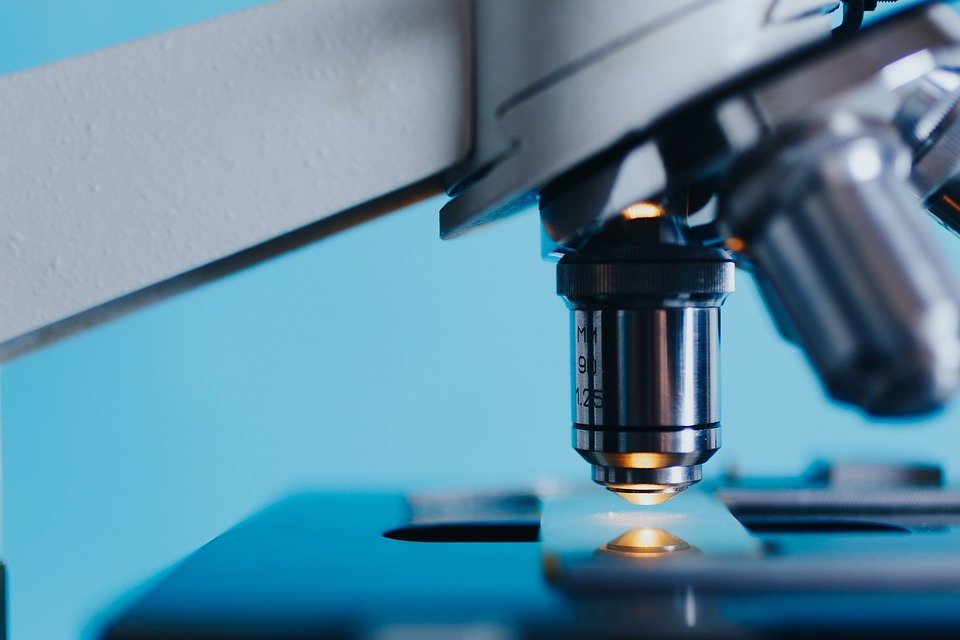
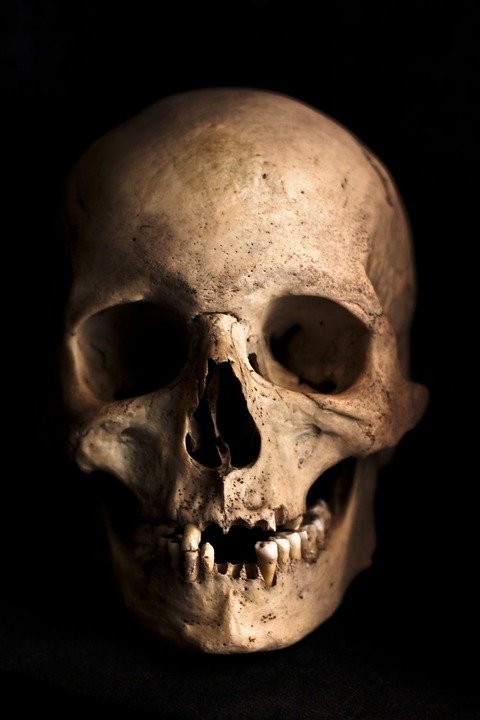
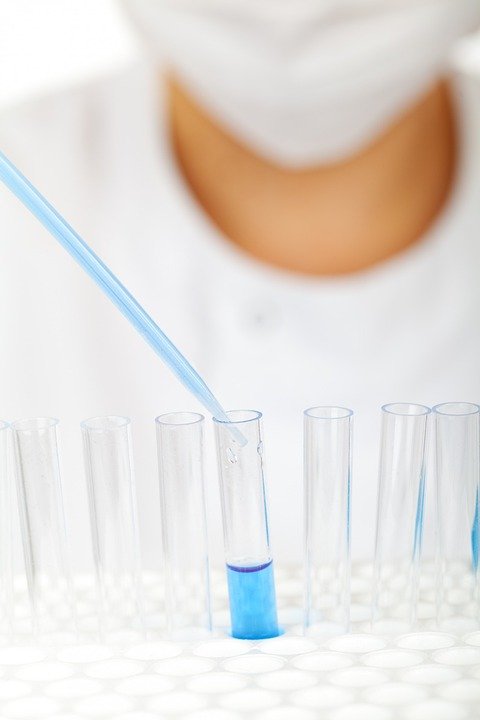
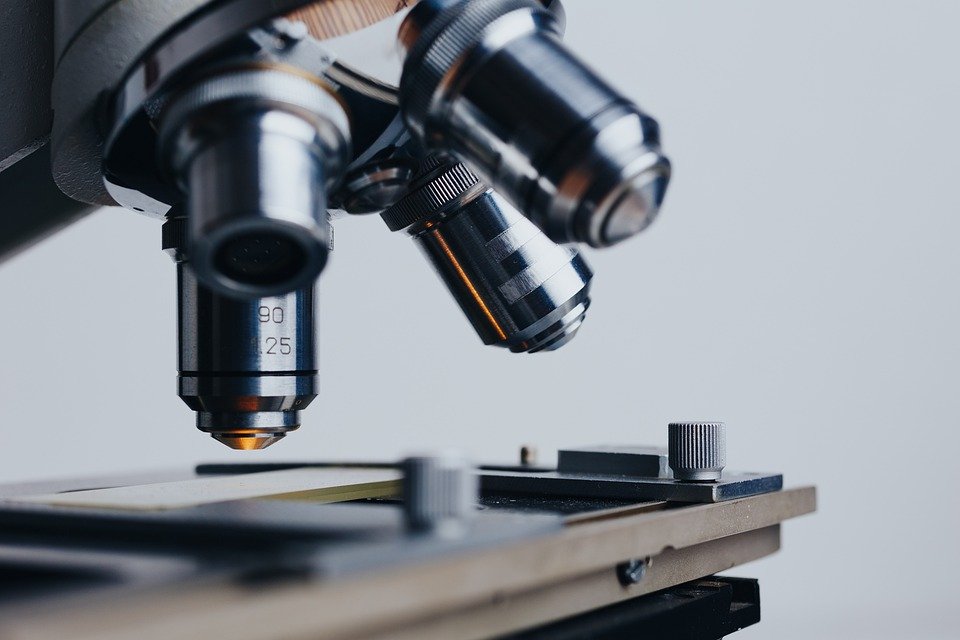
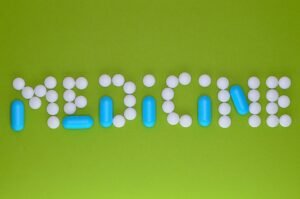

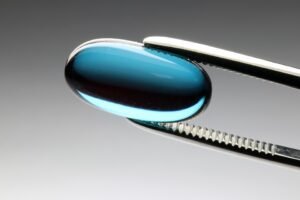

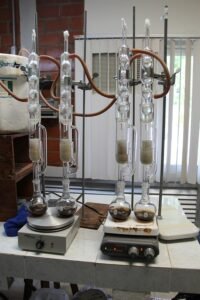
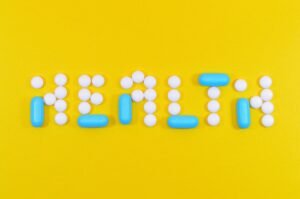
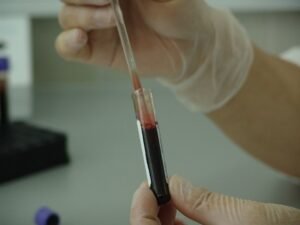
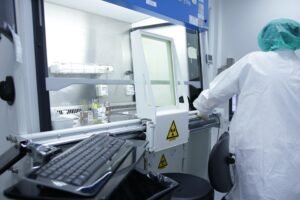
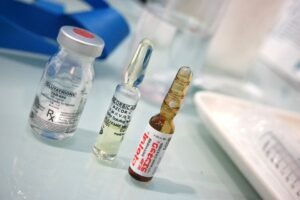

Post Comment